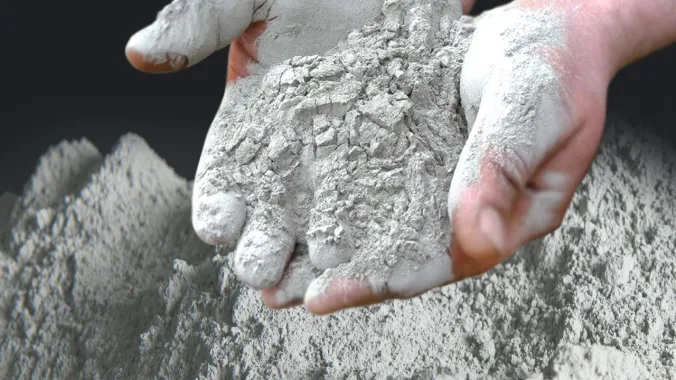
PHD Cement
Cement is a crucial binding material used in construction to create strong, durable, and long-lasting structures. It's a fine powder obtained by grinding limestone and other materials, which are then mixed with water to form a paste that hardens over time.
Description
Cement is a crucial binding material used in construction to create strong, durable, and long-lasting structures. It's a fine powder obtained by grinding limestone and other materials, which are then mixed with water to form a paste that hardens over time. Cement serves as a binder that holds together aggregates (such as sand and gravel) to create concrete, which is one of the most widely used construction materials. Here's an overview of cement: Types of Cement: Ordinary Portland Cement (OPC): This is the most common type of cement and is used for general construction purposes. OPC comes in different grades based on its strength characteristics. Portland Pozzolana Cement (PPC): PPC contains pozzolanic materials (like fly ash, volcanic ash, or silica fume) that enhance the durability and workability of concrete. White Cement: White cement is used for decorative purposes and has a white color. It is often used for architectural designs and to achieve vibrant colors in concrete. Rapid Hardening Cement: This type of cement gains strength quickly and is used when early strength development is important. Low Heat Cement: Low heat cement produces less heat during hydration and is used for large concrete structures to prevent cracking due to temperature differentials. Sulfate-Resistant Cement: Designed to resist sulfate attacks, which can occur in soils and water with high sulfate content. Oil Well Cement: Specifically formulated for cementing oil well casings and ensuring proper bonding and sealing in oil and gas wells. Cement Manufacturing: The production of cement involves several stages: Mining and Preparation of Raw Materials: Limestone, clay, and other materials are mined and crushed to form a raw mix. Clinker Formation: The raw mix is heated in a kiln at high temperatures, resulting in the formation of clinker, which is a granular substance. Grinding: Clinker is ground into a fine powder, known as cement, along with small amounts of gypsum (calcium sulfate) to control setting time. Cement in Concrete: When mixed with water, cement reacts to form a paste that binds aggregates together, creating concrete. The process of cement hydration involves the chemical reaction of cement particles with water, leading to the formation of a solid matrix that hardens over time. Construction Applications: Structural Concrete: Used in the construction of buildings, bridges, dams, roads, and other infrastructure projects. Mortar: Used for binding bricks, stones, or other masonry units. Grout: Used to fill gaps between tiles or to reinforce structures like underpinning foundations. Environmental Considerations: Cement production generates carbon dioxide (CO2) emissions due to the chemical reaction during clinker formation. Efforts are being made to reduce the carbon footprint of cement production through sustainable practices and the development of eco-friendly cement alternatives. Cement is a foundational material in construction, providing the essential binding agent that holds structures together. It's a critical component of modern infrastructure and contributes to the strength and durability of various construction projects.